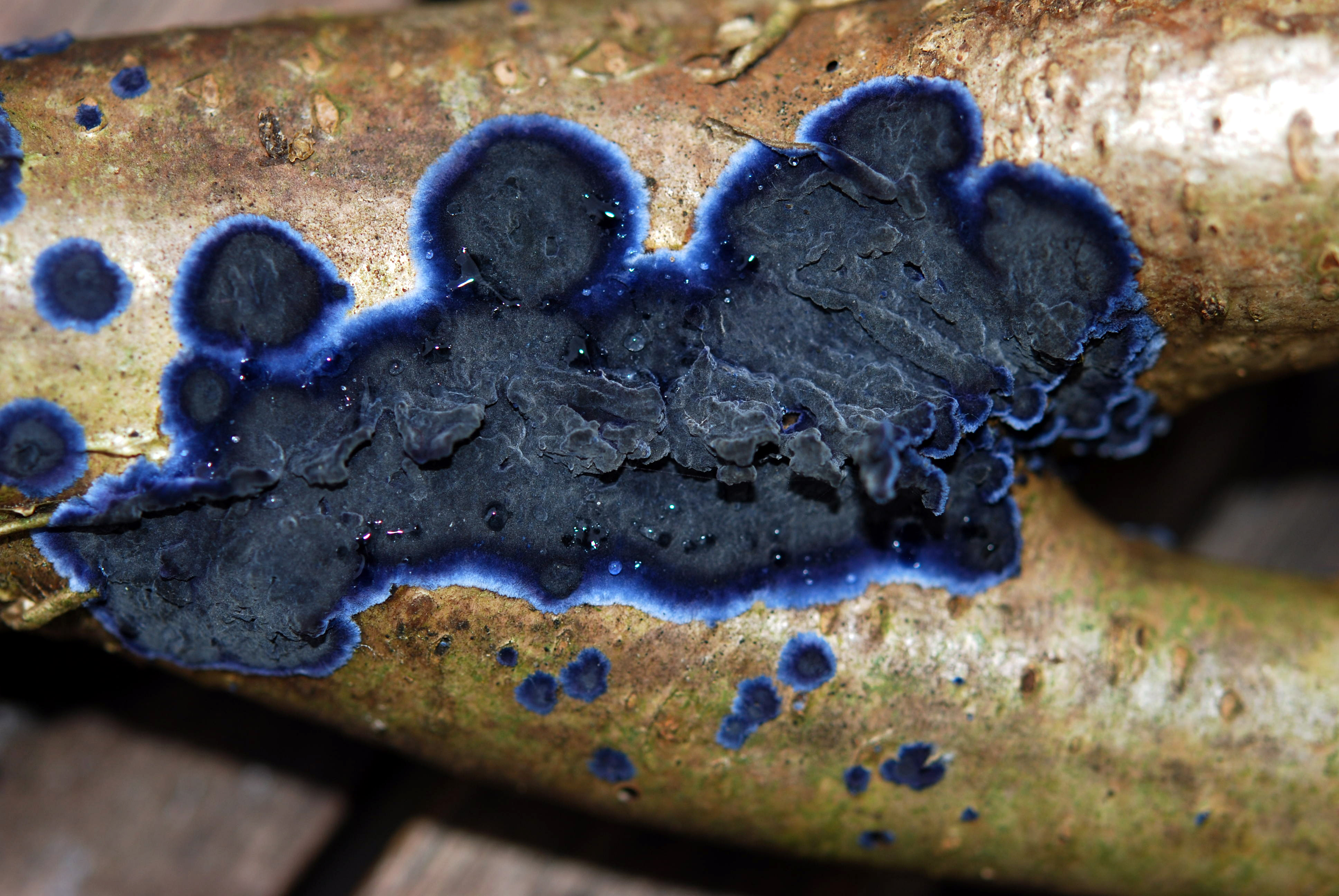|
Dendrominiaceae
The Dendrominiaceae are a family of fungi in the order Corticiales. The family contains the single genus '' Dendrominia'' comprising four species of effused, corticioid The corticioid fungi are a group of fungi in the Basidiomycota typically having effused, smooth basidiocarps (fruit bodies) that are formed on the undersides of dead tree trunks or branches. They are sometimes colloquially called crust fungi or p ... fungi: * ''Dendrominia burdsallii'' * ''Dendrominia dryina'' * ''Dendrominia ericae'' * ''Dendrominia maculata'' References Corticiales Basidiomycota families {{Agaricomycetes-stub ... [...More Info...] [...Related Items...] OR: [Wikipedia] [Google] [Baidu] |
Corticiales
The Corticiales are an order of fungi in the class Agaricomycetes. The order is composed of corticioid fungi. Species within the order are generally saprotrophic, most of them wood-rotters, but several are parasitic on grasses or lichens. Plant pathogens of economic importance include ''Erythricium salmonicolor'', '' Laetisaria fuciformis'', '' Waitea circinata'', '' Waitea oryzae'', and '' Waitea zeae''. Taxonomy The order was established in 2007 by Swedish mycologist Karl-Henrik Larsson, based on molecular phylogenetic research. It includes the Corticiaceae (the type family) as well as the Dendrominiaceae, Punctulariaceae, and Vuilleminiaceae. Habitat and distribution The order is cosmopolitan and contains around 150 species of fungi worldwide. The majority of species in the Corticiales are saprotrophs, most of them wood-rotters, typically found on dead attached branches. Some species of '' Laetisaria'' are facultative or obligate parasites of grasses; some species o ... [...More Info...] [...Related Items...] OR: [Wikipedia] [Google] [Baidu] |
Family (biology)
Family ( la, familia, plural ') is one of the eight major hierarchical taxonomic ranks in Linnaean taxonomy. It is classified between order and genus. A family may be divided into subfamilies, which are intermediate ranks between the ranks of family and genus. The official family names are Latin in origin; however, popular names are often used: for example, walnut trees and hickory trees belong to the family Juglandaceae, but that family is commonly referred to as the "walnut family". What belongs to a family—or if a described family should be recognized at all—are proposed and determined by practicing taxonomists. There are no hard rules for describing or recognizing a family, but in plants, they can be characterized on the basis of both vegetative and reproductive features of plant species. Taxonomists often take different positions about descriptions, and there may be no broad consensus across the scientific community for some time. The publishing of new data and opi ... [...More Info...] [...Related Items...] OR: [Wikipedia] [Google] [Baidu] |
Fungi
A fungus (plural, : fungi or funguses) is any member of the group of Eukaryote, eukaryotic organisms that includes microorganisms such as yeasts and Mold (fungus), molds, as well as the more familiar mushrooms. These organisms are classified as a Kingdom (biology), kingdom, separately from the other eukaryotic kingdoms, which by one traditional classification include Plantae, Animalia, Protozoa, and Chromista. A characteristic that places fungi in a different kingdom from plants, bacteria, and some protists is chitin in their cell walls. Fungi, like animals, are heterotrophs; they acquire their food by absorbing dissolved molecules, typically by secreting digestive enzymes into their environment. Fungi do not photosynthesize. Growth is their means of motility, mobility, except for spores (a few of which are flagellated), which may travel through the air or water. Fungi are the principal decomposers in ecological systems. These and other differences place fungi in a single gro ... [...More Info...] [...Related Items...] OR: [Wikipedia] [Google] [Baidu] |
Order (biology)
Order ( la, ordo) is one of the eight major hierarchical taxonomic ranks in Linnaean taxonomy. It is classified between family and class. In biological classification, the order is a taxonomic rank used in the classification of organisms and recognized by the nomenclature codes. An immediately higher rank, superorder, is sometimes added directly above order, with suborder directly beneath order. An order can also be defined as a group of related families. What does and does not belong to each order is determined by a taxonomist, as is whether a particular order should be recognized at all. Often there is no exact agreement, with different taxonomists each taking a different position. There are no hard rules that a taxonomist needs to follow in describing or recognizing an order. Some taxa are accepted almost universally, while others are recognized only rarely. The name of an order is usually written with a capital letter. For some groups of organisms, their orders may follo ... [...More Info...] [...Related Items...] OR: [Wikipedia] [Google] [Baidu] |
Corticioid
The corticioid fungi are a group of fungi in the Basidiomycota typically having effused, smooth basidiocarps (fruit bodies) that are formed on the undersides of dead tree trunks or branches. They are sometimes colloquially called crust fungi or patch fungi. Originally such fungi were referred to the genus '' Corticium'' ("corticioid" means ''Corticium''-like) and subsequently to the family '' Corticiaceae'', but it is now known that all corticioid species are not necessarily closely related. The fact that they look similar is an example of convergent evolution. Since they are often studied as a group, it is convenient to retain the informal (non-taxonomic) name of "corticioid fungi" and this term is frequently used in research papersLarsson K-H, Larsson E, Koljalg U. (2004). High phylogenetic diversity among corticioid homobasidiomycetes. ''Mycological Research'' 108: 983–1002. and other texts. History The genus ''Corticium'' was established by Persoon in 1794 for fungi having ... [...More Info...] [...Related Items...] OR: [Wikipedia] [Google] [Baidu] |


